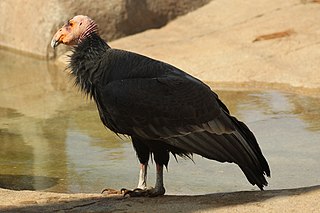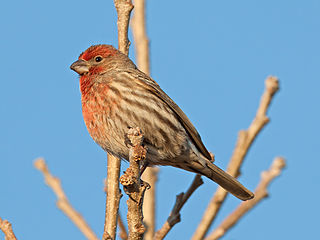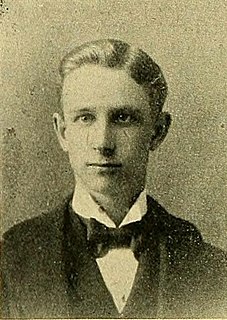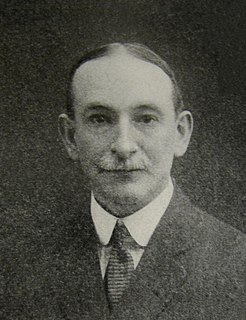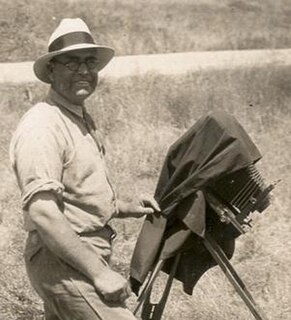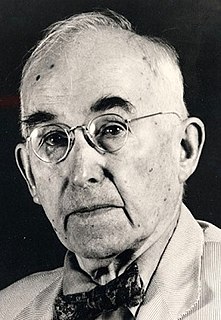
Chester Barlow (24 June 1874 - 9 November 1902) was an American cashier and amateur ornithologist who worked in California. He served as the secretary of the Cooper Ornithological Club and he encouraged others to publish in its bulletin on aspects of breeding of the local birds. He also served as the editor for the journals Oologist, The Nidiologist and The Condor .
The Cooper Ornithological Society (COS), formerly the Cooper Ornithological Club, was an American ornithological society. It was founded in 1893 in California and operated until 2016. Its name commemorated James Graham Cooper, an early California biologist. It published the ornithological journal The Condor and the monograph series Studies in Avian Biology. It presented the annual Loye and Alden Miller Research Award, which is given for lifetime achievement in ornithological research and was a member of the Ornithological Council.
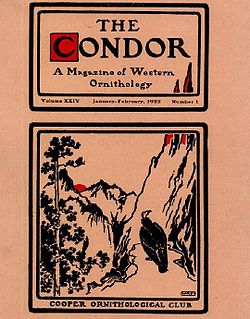
The Condor: Ornithological Applications is a peer-reviewed weekly scientific journal covering ornithology. It is an official journal of the American Ornithological Society.
Barlow was born in San Jose to Charles Bennett Barlow and Syrena M. Nye. After studying at the local high school he worked as a cashier at the Santa Clara Valley Bank in Santa Clara. He became a member of the Cooper Ornithological Club where he, along with other members of the organization, studied the birds of California. [1]
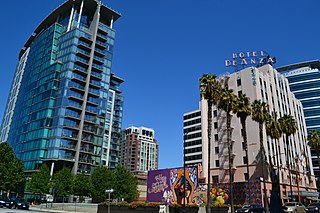
San Jose, officially the City of San José, is an economic, cultural and political center of Silicon Valley, and the largest city in Northern California. With an estimated 2017 population of 1,035,317, it is the third-most populous city in California and the tenth-most populous in United States. Located in the center of the Santa Clara Valley, on the southern shore of San Francisco Bay, San Jose covers an area of 179.97 square miles (466.1 km2). San Jose is the county seat of Santa Clara County, the most affluent county in California and one of the most affluent counties in the United States. San Jose is the most populous city in both the San Francisco Bay Area and the San Jose-San Francisco-Oakland Combined Statistical Area, which contain 7.7 million and 8.7 million people respectively.
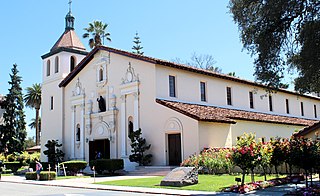
Santa Clara is a city in Santa Clara County, California. The city's population was 116,468 as of the 2010 United States Census, making it the ninth-most populous city in the San Francisco Bay Area. Located 45 miles (72 km) southeast of San Francisco, the city was founded in 1777 with the establishment of Mission Santa Clara de Asís, the eighth of 21 California missions. The city was later incorporated in 1852. The mission, the city, and the county are all named for Saint Clare of Assisi.
Barlow documented the birds of the Sierras and the Farallon Islands apart from more local studies. [2]
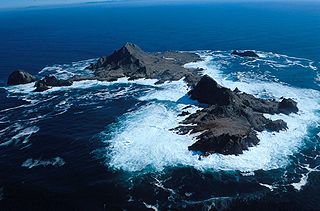
The Farallon Islands, or Farallones, are a group of islands and sea stacks in the Gulf of the Farallones, off the coast of San Francisco, California, United States. The islands are also sometimes referred to by mariners as the Devil's Teeth Islands, in reference to the many treacherous underwater shoals in their vicinity. The islands lie 30 miles (48 km) outside the Golden Gate and 20 miles (32 km) south of Point Reyes, and are visible from the mainland on clear days. The islands are part of the City and County of San Francisco. The only inhabited portion of the islands is on Southeast Farallon Island (SEFI), where researchers from Point Blue Conservation Science and the U.S. Fish and Wildlife Service stay. The islands are closed to the public.
The south Californian subspecies of the chestnut-backed chickadee (Poecile rufescens barlowi) was named after him by Joseph Grinnell in 1900. [3]

The chestnut-backed chickadee is a small passerine bird in the tit family, Paridae.
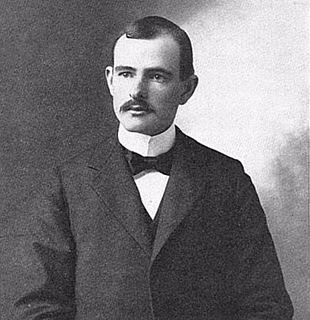
Joseph Grinnell (1877–1939) was an American field biologist and zoologist. He made extensive studies of the fauna of California, and is credited with introducing a method of recording precise field observations known as the Grinnell System. He served as the first director of the Museum of Vertebrate Zoology at the University of California, Berkeley from the museum's inception in 1908 until his death.

